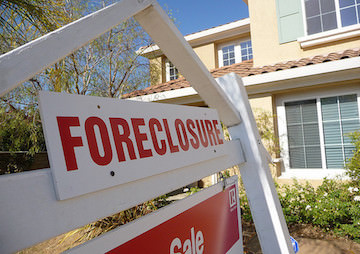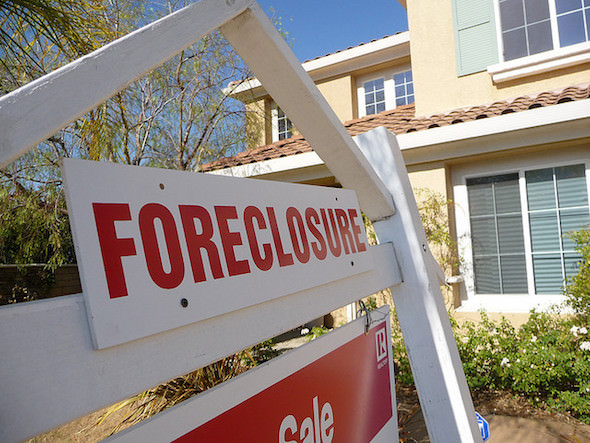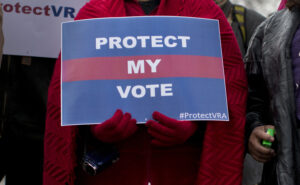ACLU: Black Homeowners Were Preyed Upon by Banks Before the Great Recession
Racial wealth inequality has widened due to targeting of black Americans by pre-2008 subprime mortgage lending, a report by the American Civil Liberties Union finds.

Banks knowingly took advantage of black homeowners in issuing subprime mortgages before the Great Recession, a report by the American Civil Liberties Union finds.
The notorious loans are widely acknowledged as one of the principal drivers of the 2008 economic crisis, and the disproportionate targeting of black Americans resulted in increased racial wealth disparities.
As a 2014 Pew Research study reveals, the income gap between blacks and whites in the United States has reached its highest point since 1989, when whites had 17 times the wealth of black households. While household wealth declined sharply for both white and black families, the ACLU report explains, “during the crucial recovery period of 2009 to 2011, black and white families had very different experiences.” In that period, the report continues, “white wealth levels, excluding home equity, began to show signs of recovery: median white household wealth exhibited zero loss.”
During the same period, however, “black households continued to experience severe declines, with the typical black household losing 40 percent of non-home-equity wealth.”
The Guardian reports:
“Race must have been a factor somewhere in the decision-making, because it otherwise doesn’t make a lot of sense,” [Rachel Goodman of the ACLU] said. Goodman pointed out that the report differs significantly from other studies of wealth by race, in that it compares people who are all homeowners and thus presumably fit some definition of “middle class”.
Goodman said the black families in the study, which surveyed 3,000 households (741 of them black), had been subjected to “redlining” – denying or charging more for necessary services – loans to people in historically black neighborhoods, which made the residents of those neighborhoods particularly susceptible to predation by fly-by-night mortgage outfits pushing sub-prime loans so they could turn them around on the then-booming secondary market.
“Traditional banks are less likely to be set up and pushing better credit options to those families,” Goodman said. “It’s just taking advantage of a kind of vacuum.”
The report’s executive summary cited the US Department of Housing and Urban Development (HUD) on the topic, observing that the disparity between mortgage holders varied dramatically by race and had seemingly nothing to do with wealth.
“Borrowers in upper-income black neighborhoods were twice as likely as homeowners in low-income white neighborhoods to refinance with a sub-prime loan,” the HUD report said.
The ACLU doesn’t have specific policy recommendations out of the report, but Goodman did say that some loan market regulation currently being pushed back against by the banks had the potential to help black borrowers. The Qualified Mortgage (QM) standard, a part of the Mortgage Reform and Anti-Predatory Lending Act (a section of the Dodd-Frank Act) sets a high bar for a mortgage that can be turned around and made into part of a security the way sub-prime loans were before the crisis.
Bankers have said specifically that this will keep them from lending to black and Hispanic loan-seekers, since those people have been disproportionately affected by the housing crisis and now have lower incomes.
–Posted by Roisin Davis
Independent journalism is under threat and overshadowed by heavily funded mainstream media.
You can help level the playing field. Become a member.
Your tax-deductible contribution keeps us digging beneath the headlines to give you thought-provoking, investigative reporting and analysis that unearths what's really happening- without compromise.
Give today to support our courageous, independent journalists.






You need to be a supporter to comment.
There are currently no responses to this article.
Be the first to respond.